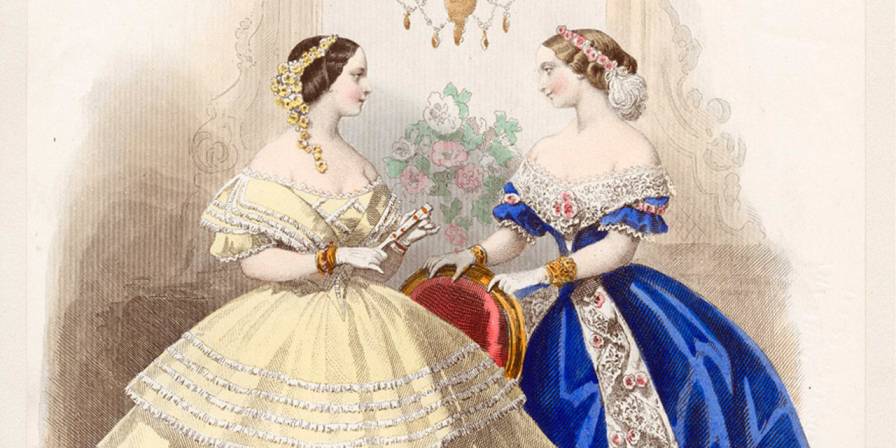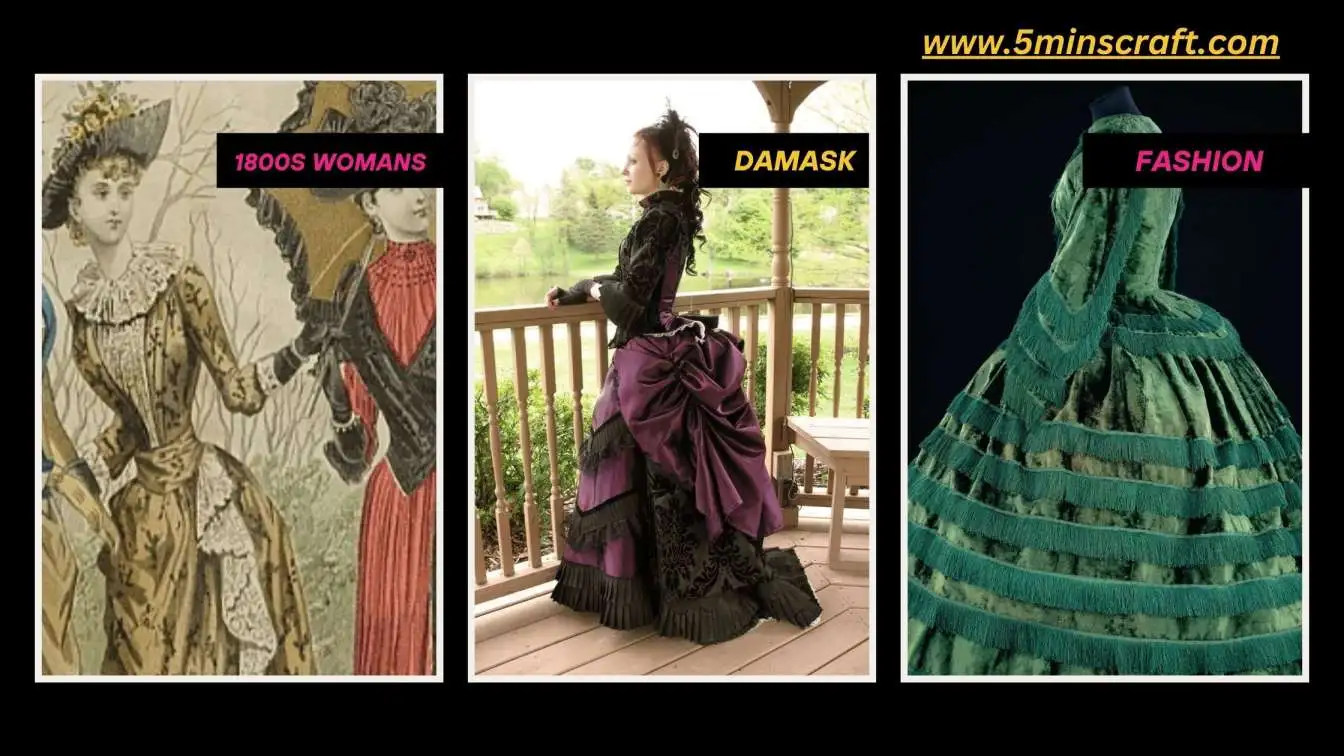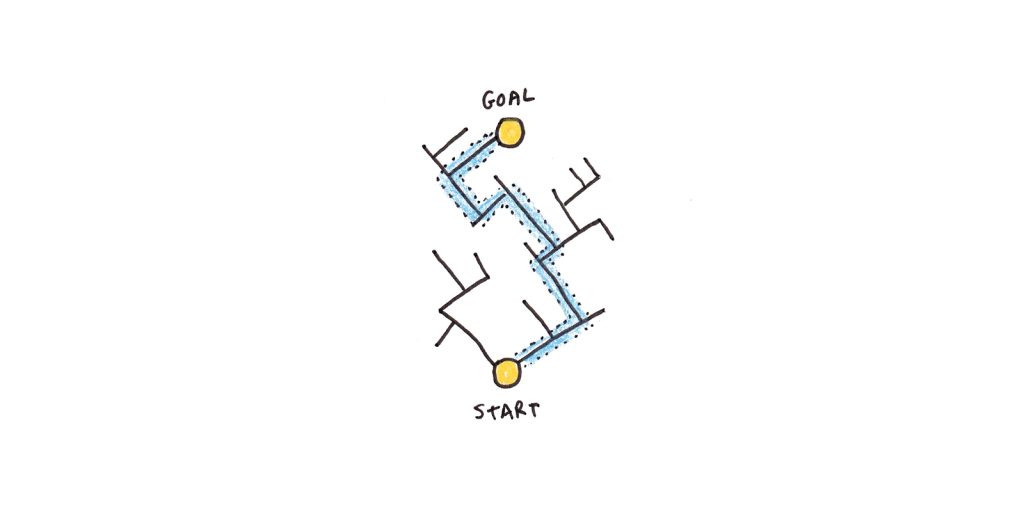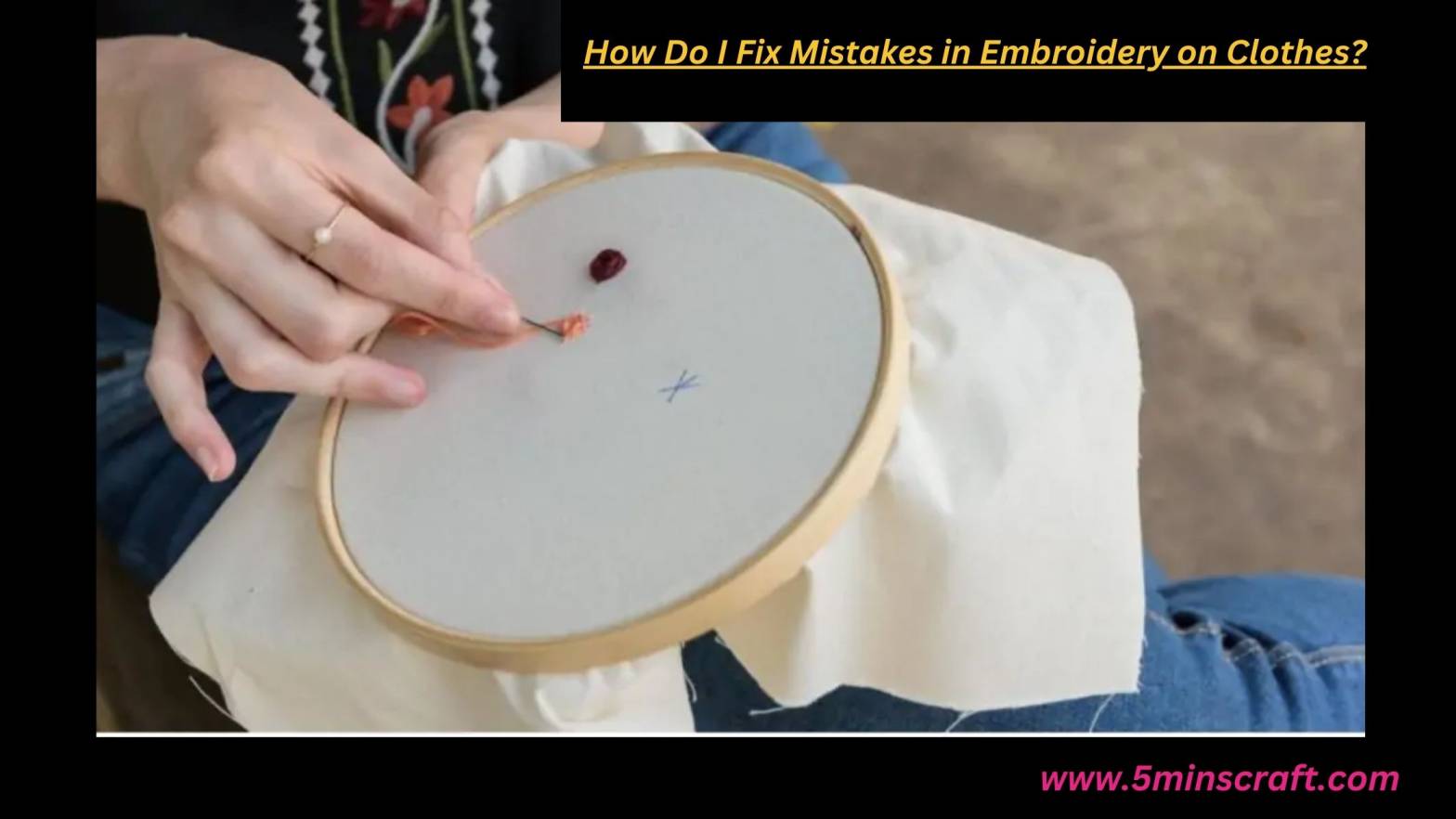1800s Womans Damask Fashion was a period of refinement and trend change. Dresses evolved into canvases for creativity and individual expression as elaborate textiles like victorian-era damask clothing gained popularity. Understanding this era gives you a view into a world when fashion represented prestige, creativity, and 19th-century women’s textile trends, regardless of whether you're drawn to the flowing lines or the delicate designs. let's delve into the fascinating world of damask-inspired designs in 19th-century dresses in the 1800s!
Damask-inspired Designs In 19th-century Dresses

Women's damask fashion in the 1800s was heavily influenced by vintage womans damask fashion. It immediately established itself as a mainstay among the affluent due to its exquisite texture and popular fabrics in 1800s women’s fashion.
Beautiful motifs that appear to change with the light are made possible by the weaving process used to produce damask. This enhanced the attractiveness of dresses and gowns by producing an eye-catching impression.
Read Also: French Fashion Monogram Since 1962: A Symbol of Elegance
Damask Fabric In 1800s Fashion
Start with essential things to incorporate 1800s Womans Damask Fashion into your current outfit. Seek out gowns with elaborate designs and deep textures that evoke damask cloth. Empire waists and a-line silhouettes may recreate that retro appeal.
Historical Women's Fashion Materials
Origins in the Middle East
The Middle East is where damask cloth originated. The intricate designs were initially employed in rigid clothing and materials. Damascus, which developed into a major hub for buying, trading, and weaving luxurious textures, is where the term originates.
Traditional Damask Patterns In Fashion
Damask arrived throughout Europe, notably Italy, during the Renaissance. It was commonly used in royal tapestries and clothing and soon became a favorite of the many rulers. By the 1920 damask fashion, Damask had evolved into a key element of young women's fashion, signifying wealth and sophistication.
1800s Aristocratic Women’s Attire
Damask had become synonymous with steeply-estimated by the 1800s. The fabric became a mainstay of women's fashion because to its durability and troublesome designs. It evolved into a symbol of riches and status rather than just a commodity. This acknowledgment led to the rise of well-known damask clothing and 1920 damask fashion, establishing its place in fashion history.
Must Know: Unveiling the Dark Coquette Dress To Impress Trends
Popular Fabrics In 1800s Women’s Fashion
An indicator of wealth
Owning a damask dress with pride became a sign of wealth in the 1800s. The intricate patterns and pricey texture of the cloth conveyed a sense of prestige and richness. Damask-wearing women were often seen as sophisticated and stylish.
Trendy Designs
The Damask's adaptability was used by designers in the nineteenth century. They produced cutting-edge patterns that emphasized the beauty of the fabric. vintage womans damask fashion is now used in a variety of ways to produce gorgeous outfits, from elaborate ball dresses to simple daywear.
Elegant Dresses From The 1800
Combine and Contrast
Feel free to mix and match various textiles with healthy damask. Combining a Damask with contemporary ingredients may provide a distinctive and refined look. Try different combination combinations to see what works best for you.
Remaining Timeless
Damask's eternal charm endures despite the changes. It will continue to be a mainstay of fashion for many years to come thanks to its intricate designs, opulent texture, and affluent statistics.
In conclusion
The history and creativity of women's damask dress from the 1800s Womans Damask Fashion. Clothing trends underwent a dramatic shift during this time period, mirroring wider shifts in society. Damask fabric's elaborate designs were not only exquisite; they also conveyed tales of elegance and victorian textile patterns and styles.
You Might Also Like: Gothic Style Fashion Trends You Need to Know in 2024
FAQ's - 19th-century Formal Wear For Women
How to dress like the late 1800s?

Around this time, long hemlines were common and worn just above the ground. Take a chance on this trend by wearing ankle-length skirts. By the late nineteenth century, plain silhouettes became the norm. If you want something basic yet timeless, a puffy-sleeved minidress is perfect.
What was the 18th century fashion called?
Following Louis XV's accession to the French monarchy in 1715, a sophisticated and sophisticated royal culture known as Rococo blossomed.
What were the trends in the 1800s?
Women in the 1800s: short hair; white hats; lace, feathers, and trim; jewelry and clothing with Egyptian and Eastern influences; shawls; hooded overcoats; hair with masses of curls, occasionally tied back into a bun. Men: shirts made of women’s historical luxury clothing.
What was women's fashion like in the 1800s?
The 1800s saw the rise of the empire waist, which was 2 to 3 inches above the natural waist and just below the breast, and a low, squared-off neckline in women's design. The front skirt hung to the floor in traditional damask patterns in fashion.
What was worn under dresses in the 1800s?
Fashionable Victorian undergarments included bustles, corsets, and crinolines. Women's dress was frequently shaped by the systems that underpinned Victorian attire. Bustles protruded a dress from the back, corsets (sometimes called stays) shaped the waist, and vintage womans damask fashion.
What fabrics were used in the 1800s?
Richly colored silks and transparent lace were used to create the most stylish men's and women's clothing in the early 18th century, but by the early 1800s, lighter cotton fabrics—both plain and printed—were more widely used.
What did the rich wear in 1800s?
Weathy women who were not required to work frequently wore a tight-laced corset over a bodice or chemisette and wore it with a skirt that was covered in layers of petticoats and embellished with a lot of embroidery and trimmings. Similar clothing designs were worn by middle-class ladies, although the ornamentation were less ornate.







